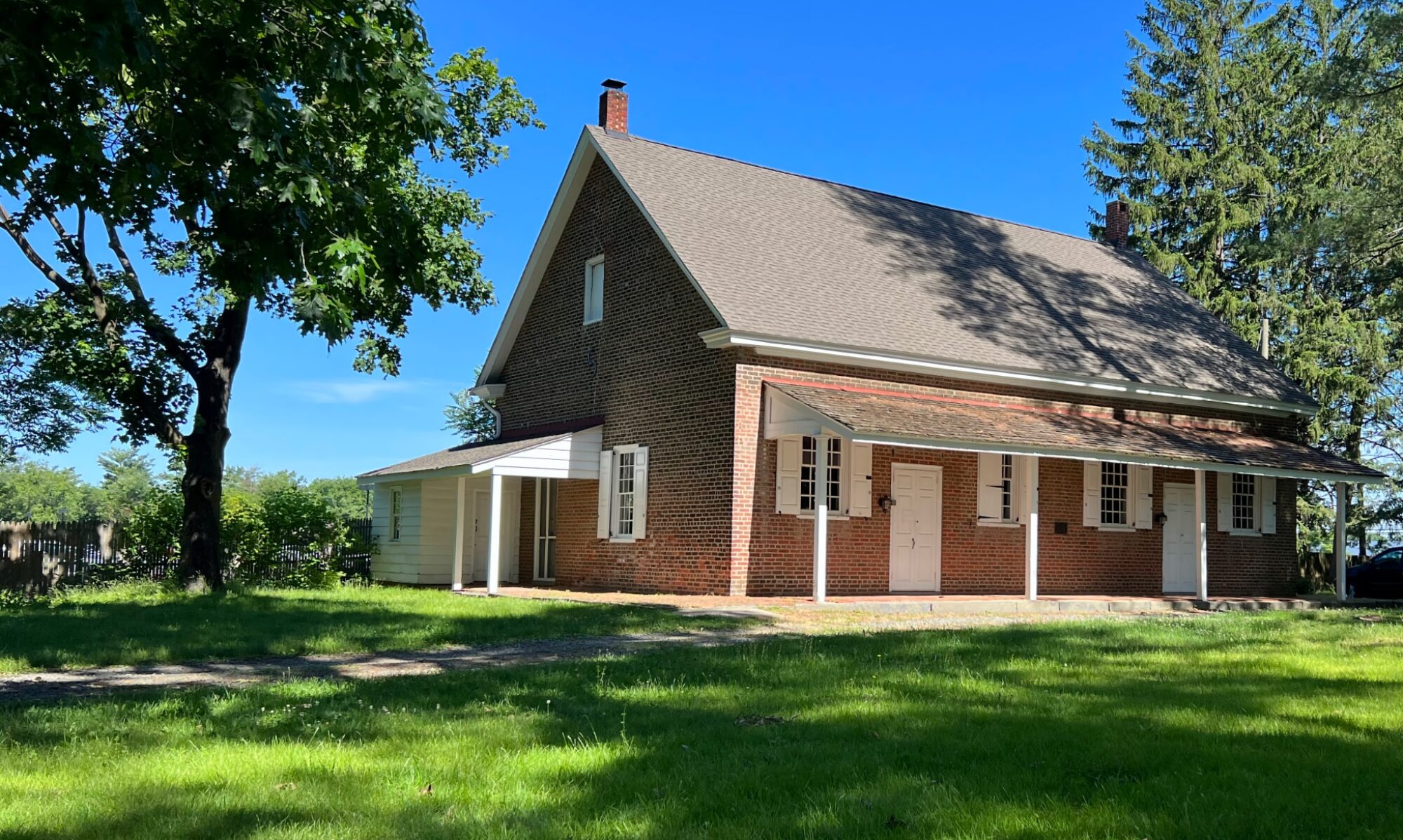World War 2 war vet and Quaker George Rubin came to Cropwell Meeting this Sunday to tell how his first-hand experience of the horrors of war turned him into a Quaker pacifist.
George told the audience how excited he was to leave Brooklyn as a teenager for the chance to see the world through combat. Assigned to a B-17G Flying Fortress, he found himself at the age of 19 stationed in England and flying regular bombing raids over Germany. In the winter of 1944-45, the U.S. began targeting civilians in order to break German morale. Some of Rubin’s crewmates had decided they wouldn’t fly these missions; the others stayed up in their quonset huts debating whether they would stand with them, an act of defiance that would certainly bring on a court martial.

The next day they were sent on a mission to Munich. Anti-aircraft flak was the biggest danger to aircraft going into 1945 and at 30,000 feet, on a beautiful Sunday winter day, they were hit. Two engines gave out and the plane was riddled with 270 holes. George Rubin’s leg was seriously wounded but he was tasked with lightening the load by jettisoning the bombs so that the crippled plane might make it to neutral Switzerland. Going into the bomb bay in negative 28° degree weather, he made sure to put the Carter pins back into the bombs warheads so they wouldn’t explode when they fell on the towns below.
They crashed in Germany, in a field next to a camp of Nazi Youth Training Corp and were about to be executed when a German officer stopped the proceedings and they became prisoners of war. They were marched to Nuremberg and south of Germany and endured the battle as General Patton’s army liberated the POW camp.
George Rubin came out of these experiences knowing he would never fight again. “Human beings are too precious,” he told the rapt audience at Cropwell. A decision that started in a Quonset hut in England and finally made on the road to Nuremberg.

Back home in Brooklyn, George’s wife Margery found Quakerism and they had a community that supported their new pacifist views. George has served Friends in many capacities, including as clerk of New York Yearly Meeting. He is a member of nearby Medford Meeting.
George has continued to work for peace over the almost eight decades since that fateful winter. He told the Cropwell audience that there is a behavioral center for Veterans a few blocks from the meetinghouse. He meets with other vets every week. “I’m the antique of this bunch,” he told the meeting, explaining that most are vets there from Vietnam and Afghanistan and Iraq. “They all have PTSD. This is what the ‘good war’ does to all of us.”
He told the audience of the scene at the Philadelphia VA Hospital, where so many vets are there for drugs because they’re suicidal. “We sent them to fight and then forget about them. We don’t know the devastation we’re doing to each other.“








Many years later, George Rubin traveled to the German town where his plain crash landed and met with the mayor and former German soldiers. The crash site is still a field, protected from development and the mayor confirmed that none of the bombs George jettisoned out of the plane that freezing morning exploded.
Toward the end of the event, two sisters in the audience rose to tell the story of their father, who had also flown bombing missions over Germany. They recalled the PTSD that kept him from ever talking about that part of their life with them, and showed family memorabilia of his military life.
George Rubin ended his presentation with a reading of “Prayer for Peace,” written by Norman Corwin and dedicated to his brother LT. Alfred Corwin. It was originally written for a radio broadcast in 1945 called “On A Note Of Triumph.” (A documentary on Corwin can be watched here).
More:
You can read more about George’s pacifist positions in his 2015 article for Friends Journal magazine, “A Letter from a Warrior.“

